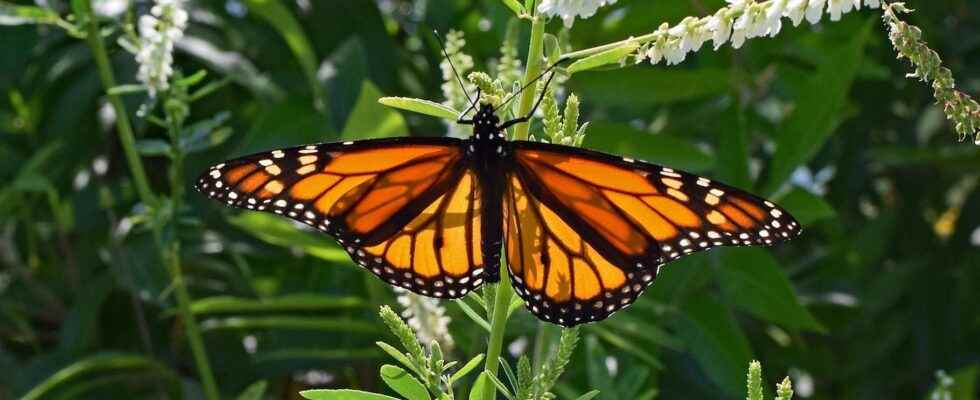Insects do not appreciate the cold of winter. So, to “survive” at the lowest temperatures, they put in place a number of different and sometimes surprising strategies. Which ones?
You will also be interested
[EN VIDÉO] What is the impact of global warming on insects? Global warming has an impact on insects. It indeed affects the partnership between these animals and plants. Video explanations with Colin Fontaine, from the National Museum of Natural History.
” To survive ” ? Yes, because some insects are simply not able to resist the winter temperatures. However, to perpetuate their species, they take care to reproduce just before the onset of cold weather. Just before dying … So the grasshoppers or do some butterflies place their eggs in protected places and cover them in addition to a protective capsule. As soon as the good weather returns, the larvae will be able to come out and develop to become adult insects.
But there are insects that overwinter in their adult form. Several possibilities are then open to them to avoid death. The migration strategy is the least used. Imagine the difficulty for such small animals to move over great distances to (re) find heat. The monarch butterfly is an exception. Each year, it migrates from Canada to southern Mexico.
Insect strategies to protect themselves from the cold
Among the majority of insects that stay put, some choose to close ranks to keep warm. So the bees gather in the hive, forming a hot nucleus in movement. Indeed, the outermost bees regularly migrate towards the middle to warm up. Other insects decide to overwinter. They then enter quiescence, but can reappear at the slightest warmth. This is the case of terrestrial bumblebees which can be seen foraging in the middle of winter if the Sun warms the atmosphere sufficiently. Finally, some insects opt squarely for thehibernation. This is called diapause. Their development stops and their metabolism is reduced to the strict minimum necessary for their survival. Ladybugs, for example, take refuge in protected places to stay there throughout the winter.
Finally, some insects have developed surprising strategies to survive the winter. So a fly that lives in Antarctic – the only insect listed on this hostile continent – has she learned to dehydrate to avoid freezing. A beetle living in Alaska produces a molecule antifreeze. And the larvae of a wasp parasite manipulate their host so that it is sheltered from the cold.
Interested in what you just read?
.
fs12
